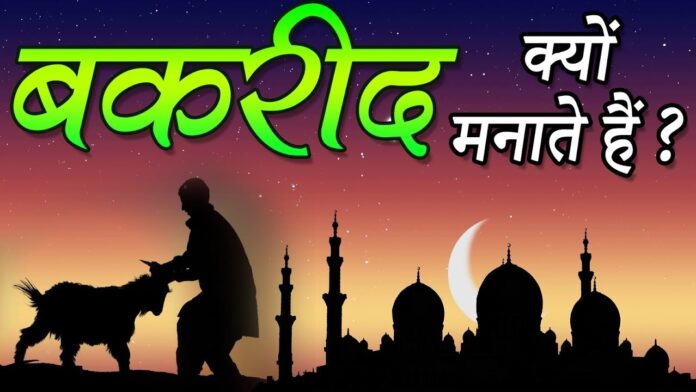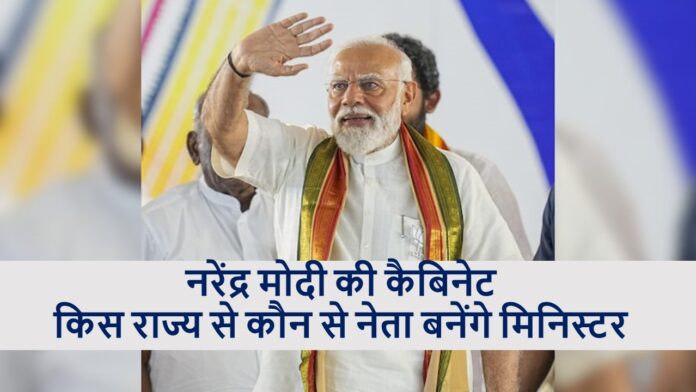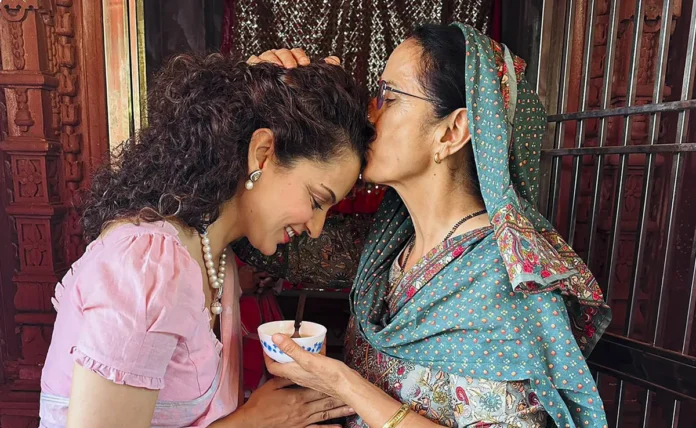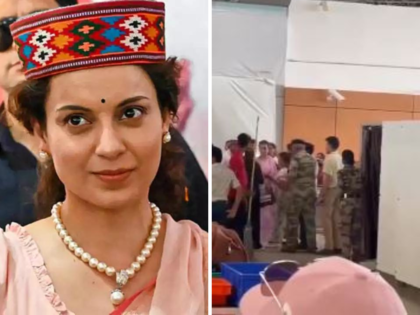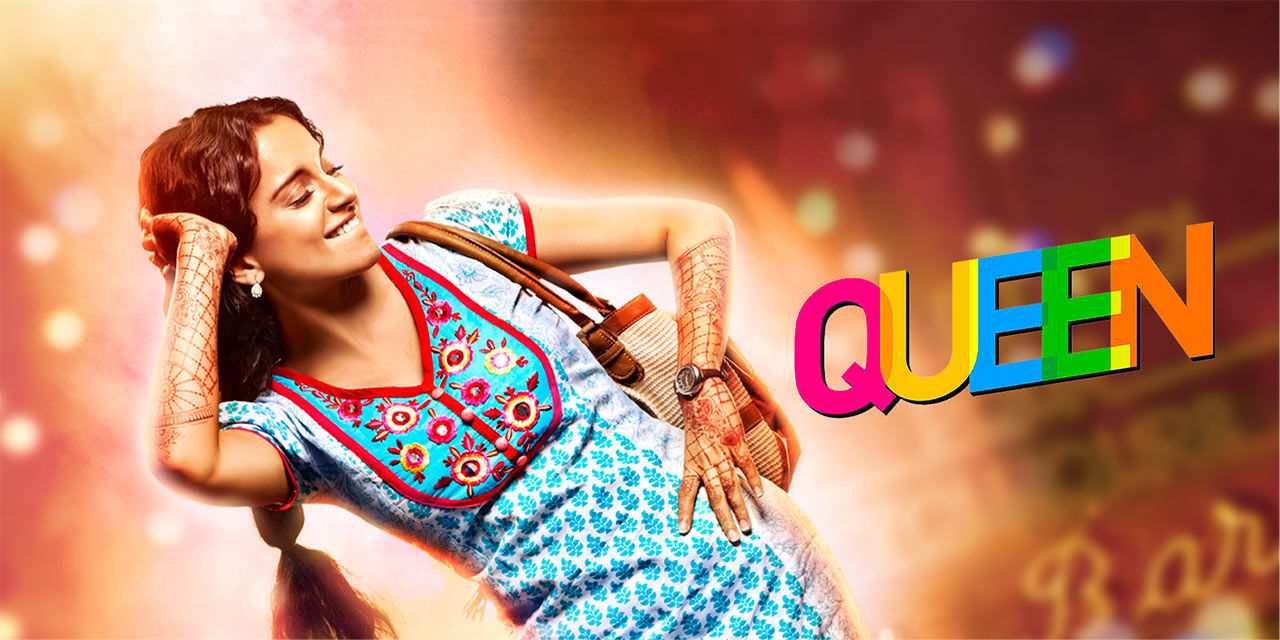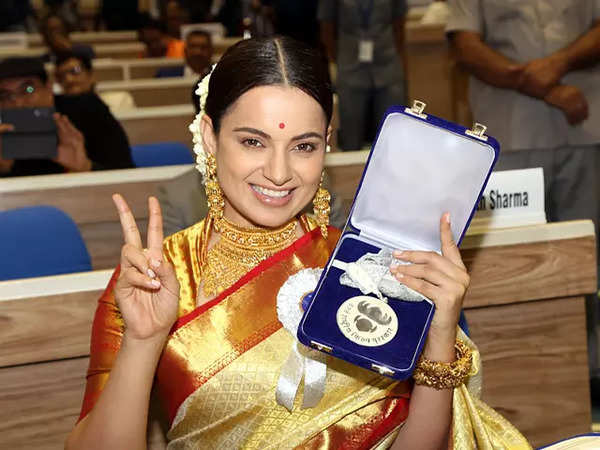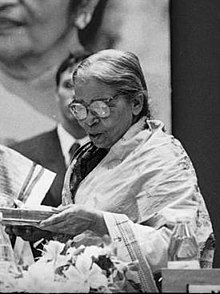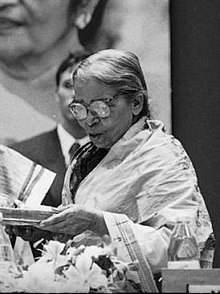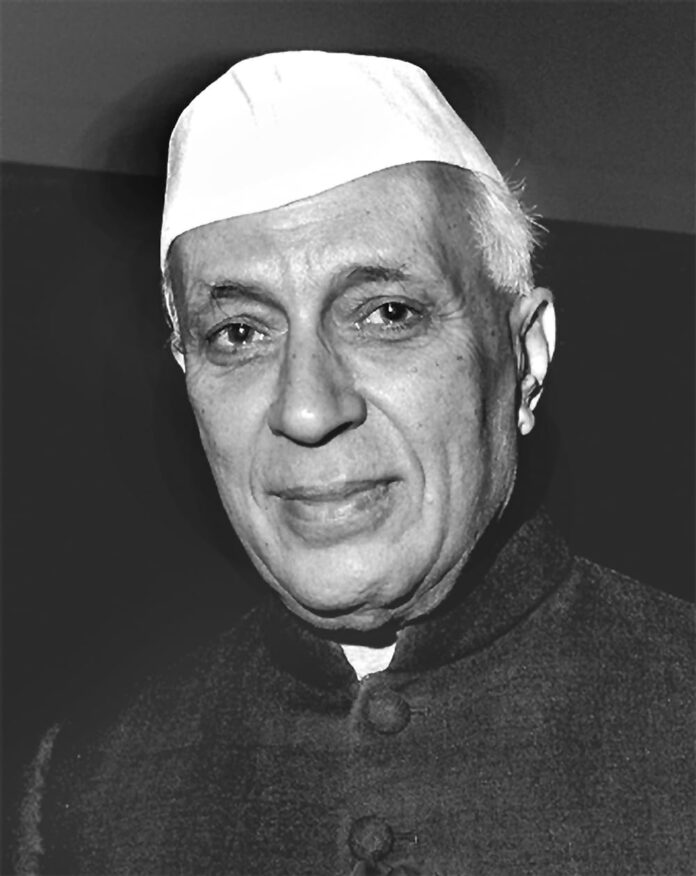Jawaharlal Nehru Bio, real name, wife , fahers name
Jawaharlal Nehru Bio, real name, wife , fahers name Jawaharlal Nehru, often referred to as Pandit Nehru, was a pivotal figure in India’s struggle for independence and the country’s first Prime Minister. His life story is not just about political leadership but also about the evolution of modern India. This comprehensive biography delves into Nehru’s early life, family background, education, and his remarkable journey through the Indian political landscape.
Early Life and Family Background
Jawaharlal Nehru Bio, real name, wife , fahers name Jawaharlal Nehru was born on November 14, 1889, in Allahabad, British India, into an affluent Kashmiri Brahmin family. His father, Motilal Nehru, was a prominent lawyer and a key figure in the Indian National Congress. His mother, Swaruprani Thussu, came from a well-known Kashmiri Brahmin family. Nehru grew up in a privileged environment, surrounded by intellectual discussions and exposure to various cultures.
Jawaharlal Nehru, born on November 14, 1889, in Allahabad, India, was the eldest son of Motilal Nehru and Swaruprani Thussu. His birthplace, Allahabad, located in the northern state of Uttar Pradesh, was a significant center for the Indian independence movement and later became renowned for its political and cultural significance in independent India.
The Nehru Family Heritage
The Nehru family traced its roots to Kashmir, and they belonged to the Kashmiri Pandit community, a subgroup of the larger Brahmin caste in India. The family was well-established, enjoying considerable social status and wealth. Motilal Nehru, Jawaharlal’s father, was a highly successful lawyer who had built a lucrative legal practice in Allahabad. His prowess in law and his influential social circle would later play a crucial role in shaping Jawaharlal’s own political career.
Influence of Intellectual Discourses
Jawaharlal Nehru Bio, Growing up in the Nehru household, Jawaharlal was exposed to a stimulating environment of intellectual discussions and debates. Motilal Nehru’s association with leading intellectuals, politicians, and social reformers of the time meant that young Jawaharlal was immersed in a culture of progressive thinking and reformist ideals from an early age. These early exposures laid the foundation for Nehru’s own liberal and secular worldview, which would later become defining features of his political ideology.
Education and Enlightenment
Jawaharlal Nehru Bio, Despite being born into privilege, Nehru’s education was not limited to formal schooling. His father, recognizing the importance of a well-rounded education, ensured that Jawaharlal received both traditional schooling and exposure to broader intellectual pursuits. Nehru attended prestigious institutions in India and abroad, including Harrow School in England and later Trinity College, Cambridge. It was during his time at Cambridge that Nehru was exposed to socialist and nationalist ideas, which would profoundly influence his political outlook and future actions.
Family Dynamics
Jawaharlal Nehru Bio, In addition to his father, Jawaharlal Nehru’s mother, Swaruprani Thussu, played a significant role in shaping his early life. While Motilal Nehru was the public face of the family, Swaruprani provided the nurturing and supportive environment that allowed Jawaharlal to flourish intellectually. She instilled in him values of compassion, empathy, and integrity, which would guide his actions throughout his life. Additionally, Nehru had several siblings, including his younger sister, Vijaya Lakshmi Pandit, who also played active roles in India’s struggle for independence and post-independence politics.
Marriage and Family Life
Jawaharlal Nehru Bio, Jawaharlal Nehru married Kamala Kaul in 1916, who later became known as Kamala Nehru. Kamala shared Nehru’s passion for social reform and participated actively in the freedom struggle alongside her husband. Together, they had a daughter, Indira Priyadarshini, who would later become India’s first female Prime Minister.
Education and Influence
Jawaharlal Nehru Bio, Jawaharlal Nehru Bio, real name, wife , fahers name Nehru received his early education at home from private tutors and later attended Harrow School in England. He then went on to study at Trinity College, Cambridge, where he immersed himself in liberal and socialist ideologies. Nehru’s education played a significant role in shaping his political beliefs and vision for India’s future.
Jawaharlal Nehru Bio, Nehru’s entry into politics was heavily influenced by his father’s involvement in the Indian National Congress. He became actively involved in the freedom struggle, aligning himself with leaders like Mahatma Gandhi. Nehru’s commitment to India’s independence led to his involvement in various movements and protests against British rule, including the Non-Cooperation Movement and the Civil Disobedience Movement. Jawaharlal Nehru Bio
Leadership in the Indian National Congress
Jawaharlal Nehru Bio, Nehru’s leadership qualities and progressive ideas quickly gained him prominence within the Indian National Congress. He rose through the ranks of the party, serving in various capacities and advocating for social reforms, secularism, and economic equality. Nehru’s vision for a modern, democratic India resonated with many, making him a natural choice to lead the country after independence.
Jawaharlal Nehru Bio , Jawaharlal Nehru’s association with the Indian National Congress began during his youth. Influenced by his family’s political background and his own liberal upbringing, Nehru was drawn to the Congress’s ideals of freedom, democracy, and social justice. He actively participated in Congress meetings and events, where he interacted with prominent leaders like Mahatma Gandhi and Gopal Krishna Gokhale. Nehru’s early engagement with the Congress laid the groundwork for his later leadership role within the party. Jawaharlal Nehru Bio
Rise to Prominence
Nehru’s leadership qualities and progressive ideas quickly propelled him to prominence within the Indian National Congress. His eloquence, intellect, and commitment to social reform endeared him to party members across the country. Nehru’s ability to articulate a vision for a modern, democratic India resonated with both the grassroots workers and the party elite. Jawaharlal Nehru Bio , As a result, he rose through the ranks of the Congress, earning the trust and respect of his peers. Jawaharlal Nehru Bio
Advocacy for Social Reforms
One of Nehru’s key contributions to the Indian National Congress was his unwavering advocacy for social reforms. He recognized the importance of addressing social injustices such as caste discrimination, gender inequality, and economic disparities. Nehru believed that a truly independent India must strive for equality and inclusivity for all its citizens. To this end, he championed causes such as land reform, women’s rights, and minority rights within the Congress and the broader national discourse. Jawaharlal Nehru Bio
Emphasis on Secularism
Jawaharlal Nehru Bio Nehru was a staunch advocate of secularism, firmly believing in the principle of religious tolerance and coexistence. He viewed secularism not merely as a political necessity but as a moral imperative for a diverse and pluralistic society like India. Nehru’s commitment to secularism was reflected in his leadership of the Indian National Congress, where he worked to ensure that the party remained inclusive and representative of India’s diverse religious and cultural fabric. Jawaharlal Nehru Bio.
Economic Vision
Jawaharlal Nehru Bio Nehru’s economic vision for India was rooted in socialist principles, emphasizing state-led development and economic planning. He believed that economic inequality and poverty could only be addressed through planned interventions by the state. Nehru’s advocacy for mixed economy, with a significant role for the public sector alongside private enterprise, laid the foundation for India’s economic policies in the decades following independence. His emphasis on industrialization, agrarian reform, and investment in education and healthcare shaped India’s developmental trajectory.
Leadership during Challenging Times
Jawaharlal Nehru Bio Nehru’s leadership within the Indian National Congress was tested during various challenging periods, including the partition of India and the communal violence that accompanied it. As the country’s first Prime Minister, Nehru had to navigate the complexities of nation-building in the aftermath of colonial rule. His steadfast commitment to democracy, secularism, and social justice guided India through these turbulent times, earning him admiration both at home and abroad.
Jawaharlal Nehru Bio Jawaharlal Nehru’s leadership within the Indian National Congress left an indelible mark on the party and the nation as a whole. His progressive ideas and inclusive vision continue to shape the Congress’s ideology and policies to this day. Nehru’s legacy as a visionary leader, committed democrat, and champion of social justice remains a source of inspiration for generations of Congress leaders and activists. His contributions to the party’s evolution and India’s democratic journey are celebrated as part of the Congress’s rich heritage.
Jawaharlal Nehru Bio, Throughout the struggle for independence, Nehru played a pivotal role in mobilizing the masses and galvanizing support for the cause. His stirring speeches and impassioned activism inspired millions of Indians to join the fight against colonial rule. Nehru’s commitment to non-violence, coupled with his unwavering determination, made him a symbol of hope and resilience for the nation.
Read also- Rashmika Mandana Bio
Becoming India’s First Prime Minister
Jawaharlal Nehru Bio On August 15, 1947, India finally gained independence from British rule, and Jawaharlal Nehru was sworn in as the country’s first Prime Minister. His tenure was marked by numerous challenges, including the partition of India and the communal violence that ensued. Nehru’s leadership during this tumultuous period was instrumental in laying the foundations of a democratic and secular nation.
Jawaharlal Nehru Bio After years of struggle and sacrifice, India finally achieved independence from British rule on August 15, 1947. The culmination of decades of resistance, led by figures like Mahatma Gandhi, Jawaharlal Nehru, and others, marked a watershed moment in Indian history. As the sun set on the British Empire in India, a new chapter began with the dawn of freedom. Jawaharlal Nehru Bio
| Year |
Event |
| 1889 |
Birth of Jawaharlal Nehru on November 14 in Allahabad, British India. |
| 1916 |
Marries Kamala Kaul, who later becomes known as Kamala Nehru. |
| 1929 |
Elected as President of the Indian National Congress. |
| 1947 |
India gains independence from British rule on August 15. Nehru becomes the first Prime Minister of independent India. |
| 1955 |
Kamala Nehru passes away, leaving behind a profound impact on Nehru. |
| 1956 |
Nehru visits the United States, marking a significant moment in India-US relations. |
| 1962 |
India-China War occurs during Nehru’s tenure as Prime Minister. |
| 1964 |
Jawaharlal Nehru passes away on May 27, leaving behind a legacy as one of India’s most influential leaders. |
Nehru’s Ascension to Prime Ministership
Jawaharlal Nehru’s role in India’s struggle for independence had been pivotal, and his stature as a leader was widely acknowledged both within the Indian National Congress and among the Indian populace. Thus, it was a natural choice for Nehru to assume the mantle of leadership as independent India’s first Prime Minister. On the historic day of independence, Nehru took the oath of office, pledging to lead the nation on its path to progress and prosperity.
Challenges Faced
However, Nehru’s tenure as Prime Minister was not without its challenges. The partition of India, which accompanied independence, led to one of the largest mass migrations in human history and unleashed communal violence of unprecedented scale. The horrors of partition left an indelible mark on the collective psyche of the nation, testing Nehru’s leadership and resolve.
Commitment to Secularism and Unity
In the face of communal strife and sectarian tensions, Nehru remained steadfast in his commitment to secularism and national unity. He worked tirelessly to heal the wounds of partition and foster a sense of belonging among India’s diverse communities. Nehru’s vision of India as a pluralistic democracy, where all religions and cultures coexist harmoniously, served as a guiding principle during this turbulent period.
Building Democratic Institutions
Nehru recognized that the success of independent India hinged not only on political freedom but also on the establishment of robust democratic institutions. Jawaharlal Nehru Bio , He laid the groundwork for a parliamentary democracy, with an emphasis on the rule of law, freedom of speech, and respect for human rights. Under his leadership, India adopted a democratic constitution, which remains the cornerstone of the country’s governance to this day.
Nation-Building and Economic Development
Beyond the immediate challenges of partition, Nehru was also tasked with the monumental responsibility of nation-building and economic development. He embarked on an ambitious program of industrialization, infrastructure development, and agrarian reform, laying the foundations for India’s economic growth in the decades to come. Nehru’s vision of a modern, industrialized India propelled the country forward on the path of progress and self-reliance.
Legacy and Impact
Jawaharlal Nehru Bio Jawaharlal Nehru’s legacy extends far beyond his years in office. He played a crucial role in shaping India’s political landscape, institutions, and foreign policy. Nehru’s emphasis on democracy, socialism, and secularism continues to influence Indian politics to this day. His contributions to nation-building, education, and international diplomacy are widely recognized and celebrated.
Major works of Jawaharlal Nehru after becoming the Prime Minister of India
Jawaharlal Nehru, as India’s first Prime Minister, initiated numerous major works and policies aimed at nation-building, economic development, and fostering democratic institutions. Here are some of his notable contributions and initiatives:
Five-Year Plans: Nehru played a pivotal role in formulating India’s Five-Year Plans, which aimed at rapid industrialization and economic development. These plans focused on sectors such as agriculture, infrastructure, education, and healthcare, laying the foundation for India’s economic growth in the post-independence era.
Industrialization: Nehru emphasized the importance of industrialization as a means to achieve self-sufficiency and reduce dependency on imports. He advocated for the establishment of heavy industries, steel plants, and large-scale public sector enterprises like the Steel Authority of India (SAIL) and Hindustan Aeronautics Limited (HAL).
Education: Nehru recognized the significance of education in nation-building and social progress. He championed the cause of universal education and invested in the expansion of educational institutions, including universities, schools, and technical institutes. Nehru’s government also introduced initiatives to promote scientific research and technological innovation.
Foreign Policy: Nehru pursued a policy of non-alignment, seeking to maintain India’s independence and sovereignty in the midst of the Cold War. He played a leading role in the Non-Aligned Movement (NAM), advocating for global peace, disarmament, and decolonization. Nehru’s diplomatic efforts helped establish India as a prominent voice in international affairs.
Land Reforms: Nehru recognized the need for agrarian reform to address rural poverty and inequality. His government introduced land reforms aimed at redistributing land to landless farmers, abolishing intermediaries, and improving agricultural productivity. These measures sought to empower rural communities and alleviate rural poverty.
Public Sector Development: Nehru emphasized the role of the public sector in driving economic growth and development. His government established public sector enterprises in key industries such as steel, coal, and telecommunications, laying the groundwork for India’s industrialization and infrastructure development.
Social Welfare Programs: Nehru’s government introduced social welfare programs aimed at improving the living standards of marginalized communities. Initiatives such as the Community Development Program, National Rural Employment Guarantee Scheme (NREGA), and Integrated Child Development Services (ICDS) aimed to address poverty, unemployment, and social inequality.
Constitutional Reforms: Nehru’s government played a crucial role in drafting and implementing India’s Constitution, which enshrined the principles of democracy, secularism, and social justice. Nehru advocated for constitutional reforms to strengthen democratic institutions, protect fundamental rights, and promote social cohesion.
These major works and policies reflect Nehru’s vision of a modern, democratic, and self-reliant India. His leadership laid the foundation for India’s development trajectory and left a lasting impact on the country’s socio-economic and political landscape.
Death of jawahar lal Nehru
Jawaharlal Nehru, India’s first Prime Minister, passed away on May 27, 1964, marking the end of an era in Indian politics. His death was a profound loss not only for India but also for the international community, as Nehru had emerged as a leading voice for peace, democracy, and anti-colonialism on the global stage.
Nehru’s death came at a time when India was grappling with internal and external challenges, including the aftermath of the India-China war of 1962 and the need for economic development and social reform. His passing left a leadership vacuum and triggered a period of political uncertainty in the country.
The news of Nehru’s death was met with widespread mourning and expressions of grief across India. Millions of people from all walks of life mourned the loss of their beloved leader, who had become synonymous with the ideals of freedom, democracy, and social justice. Nehru’s funeral procession in Delhi witnessed an outpouring of emotion, with people from across the country paying their last respects to the architect of modern India.
Nehru’s death also had significant implications for India’s political landscape. The Congress party, which had been led by Nehru for over a decade, faced the challenge of finding a new leader who could fill the void left by Nehru’s departure. The transition of power to Nehru’s successor, Lal Bahadur Shastri, marked a critical juncture in India’s political history.
Despite his passing, Nehru’s legacy continued to shape Indian politics and society for years to come. His commitment to secularism, democracy, and social welfare remained guiding principles for successive generations of Indian leaders. Nehru’s vision of India as a modern, progressive, and inclusive nation continued to inspire millions of people, both in India and around the world.
Conclusion
Jawaharlal Nehru’s life and legacy represent a remarkable chapter in the history of modern India. As the country’s first Prime Minister, Nehru played a pivotal role in shaping the destiny of a newly independent nation, laying the foundations of a democratic, secular, and progressive society. His leadership, vision, and statesmanship left an indelible mark on India’s socio-political landscape and continue to inspire generations.
Nehru’s commitment to democracy, secularism, and social justice guided India through the turbulent years of post-independence nation-building. He championed the cause of inclusive development, advocating for the rights and welfare of marginalized communities. Nehru’s emphasis on education, science, and technology laid the groundwork for India’s emergence as a knowledge-based economy and a global leader in innovation.
As a statesman, Nehru played a key role in shaping India’s foreign policy, promoting peace, non-alignment, and cooperation among nations. His leadership on the international stage earned India respect and admiration, establishing the country as a voice for the global South and a champion of anti-colonialism and decolonization.
Despite facing numerous challenges, including the partition of India, communal violence, and economic disparities, Nehru remained steadfast in his belief in the unity and diversity of India. His vision of India as a pluralistic, multicultural democracy continues to be a guiding principle for the nation.
Nehru’s legacy transcends political boundaries and encompasses his role as a scholar, writer, and intellectual. His writings, including “The Discovery of India,” reflect his deep understanding of India’s history, culture, and identity, inspiring generations to connect with their heritage and aspire for a better future.
In conclusion, Jawaharlal Nehru’s life exemplifies the ideals of leadership, courage, and commitment to the greater good. His legacy as the architect of modern India, a visionary leader, and a statesman of global repute will continue to inspire and guide India’s journey towards prosperity, peace, and progress.
FAQ
Who was Jawaharlal Nehru?
Jawaharlal Nehru was a prominent Indian nationalist leader, politician, and statesman who served as India’s first Prime Minister from 1947 to 1964.
What was Jawaharlal Nehru’s real name?
Jawaharlal Nehru’s full name was Jawaharlal Motilal Nehru. He was often referred to as Pandit Nehru.
When and where was Jawaharlal Nehru born?
Jawaharlal Nehru was born on November 14, 1889, in Allahabad, British India (present-day Uttar Pradesh, India).
Who was Jawaharlal Nehru’s wife?
Jawaharlal Nehru married Kamala Kaul in 1916. She later became known as Kamala Nehru.
Who was Jawaharlal Nehru’s father?
Jawaharlal Nehru’s father was Motilal Nehru, a prominent lawyer and key figure in the Indian National Congress.
What were Jawaharlal Nehru’s major contributions to India?
Jawaharlal Nehru played a crucial role in India’s struggle for independence and served as the architect of modern India. His major contributions include leading India to independence, laying the foundation for democracy, promoting secularism and social justice, advocating for economic development and industrialization, and shaping India’s foreign policy as a proponent of non-alignment.
What is Jawaharlal Nehru’s legacy?
Jawaharlal Nehru’s legacy encompasses his role as a visionary leader, statesman, and nation-builder. He is celebrated for his commitment to democracy, secularism, and social welfare, as well as his contributions to education, science, and international diplomacy. Nehru’s legacy continues to inspire generations of Indians and remains an integral part of India’s socio-political fabric.
How did Jawaharlal Nehru die?
Jawaharlal Nehru passed away on May 27, 1964, due to a heart attack. His death marked the end of an era in Indian politics and left a profound impact on the nation.


